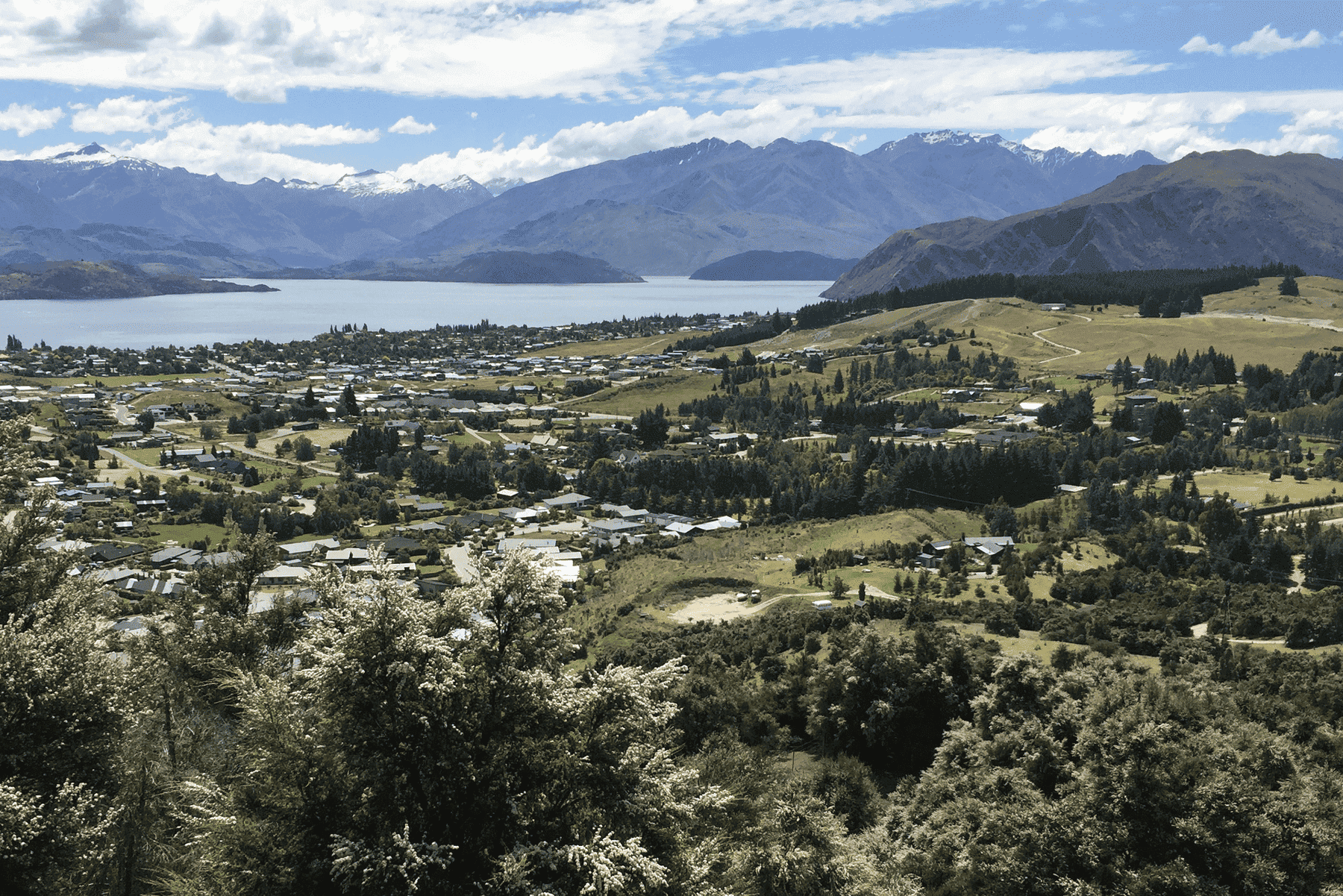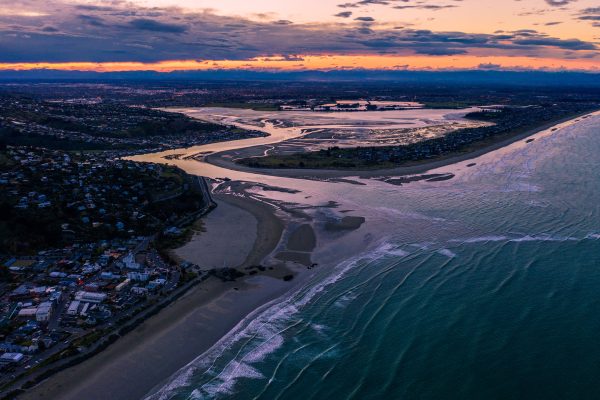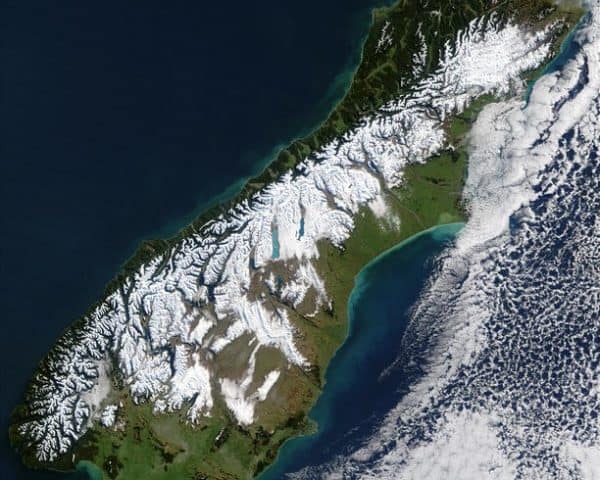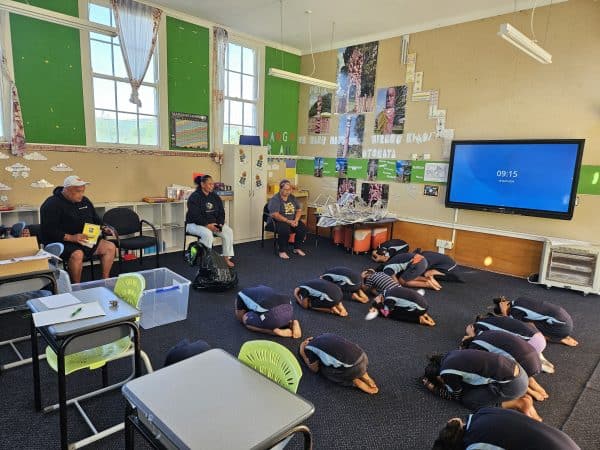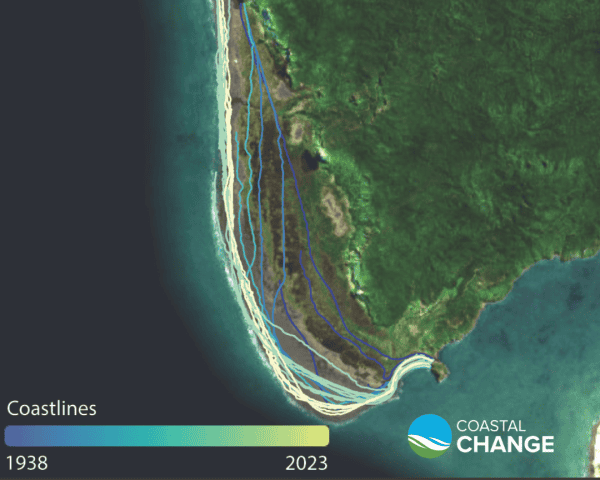A recent focus for the Resilience Challenge (RNC) has been ensuring the development of new legislation is informed by research findings. We have sought to maximise our influence during a busy period for policy development and legislative change, in particular the legislation replacing the Resource Management Act, the review of the Civil Defence Emergency Management Act, and the National Adaptation Plan.
In late 2021, the RNC directorate co-delivered a series of ‘science to policy’ workshops for Ministry for the Environment staff working on the new Climate Adaptation Act. These featured Prof Iain White (the University of Waikato), Dr Sarah Beaven (the University of Canterbury) and Dr Judy Lawrence (Te Herenga Waka Victoria University of Wellington). Dr Lawrence’s co-authored report Enabling Coastal Adaptation investigated current planning practice to identify opportunities for better use of existing legislation during the transition period, and priorities for new legislation.
Māori researchers have sought to ensure new planning legislation aligns with and provides for Māori values, that partnerships with tāngata whenua are authentic and enabling, and that Māori rights and interests are empowered so they can manage and adapt in relation to their taonga and natural resources into the future. Lara Taylor of Manaaki Whenua—Landcare Research leads a project within Whanake te Kura I Tawhiti Nui analysing reform implications for Māori communities and testing them against Māori resilience needs. Lara was a lead author (alongside other Māori planners) of submissions on the Exposure Draft of the Natural and Built Environments Bill and the Draft National Adaptation Plan on behalf of Papa Pounamu, the cohort of Māori and Pasifika planners within the New Zealand Planning Institute. Wānanga with Māori planners, practitioners, and kaitiaki on this topic and co-writing the submissions has contributed to Lara’s research aims.
Several case studies in the Draft National Adaptation Plan featured RNC research: The Growing Kai Under Increasing Dry symposium and report on drought and the primary sector, co-delivered with two other National Science Challenges; our wildfire preparedness project at Mt Iron, Wānaka; and the Clifton to Tangoio Coastal Hazards Strategy 2120 in which our Phase 1 Living at the Edge team trialled the Dynamic Adaptive Pathways Planning approach.
Richard Mowll and colleagues from our Resilience, Policy and Governance team have developed a preliminary infrastructure Planning Emergency Levels of Service (PELOS) framework for Wellington. The work has been published and is progressing toward the creation of an operationalised framework. The concept is currently being considered NEMA for inclusion in an update of the Civil Defence Emergency Management Act.
In our Weather & Wildfire team, Dr Sally Potter and Dr Sara Harrison of GNS Science investigating the effectiveness of impact-based severe weather warning. Impact-based warnings are triggered by potential impacts such as disrupting traffic or power, rather than the magnitude of a hazard, such as wind speed.
The World Meteorological Organization (WMO) advocates for this approach to help make warnings more meaningful to the public and MetService has been moving towards impact-based warnings for several years. Sally and Sara are helping MetService identify what data is needed for impact-based warnings, where that data is held, and how improved collaboration between organisations could get the data to those who need it to develop meaningful warning messages.
Through several publications and Sally’s role co-leading the WMO High Impact Weather research programme’s Communication Task Team, Sally and Sara’s work is also informing international best practice.
Lisa Langer of Scion leads a project preparing the Mt Iron community, located at the rural-urban fringe in Wānaka, for ever-increasing wildfire risk. The project is a collaboration with FENZ and Queenstown Lakes District Council and involved workshops with local residents and stakeholders. The results have been published in a Fire Technology Transfer Note and two further transfer notes are being prepared.
The study, which received additional support from the Ministry of Primary Industries’ Sustainable Land Management and Climate Change fund, resulted in 170 mitigation recommendations being made available to residents, grouped in the following five categories: When building or remodelling a home, When landscaping or designing outdoor spaces and property infrastructure, When making a wildfire plan, When preparing for the start of each wildfire season, When a wildfire occurs. The transfer note reports that some Mt Iron residents are very aware of wildfire risk and have started taking household and community preparedness actions, and concludes that ongoing engagement is needed between agencies and residents to ensure information is made available to new residents, and to achieve wider uptake of mitigation actions.
